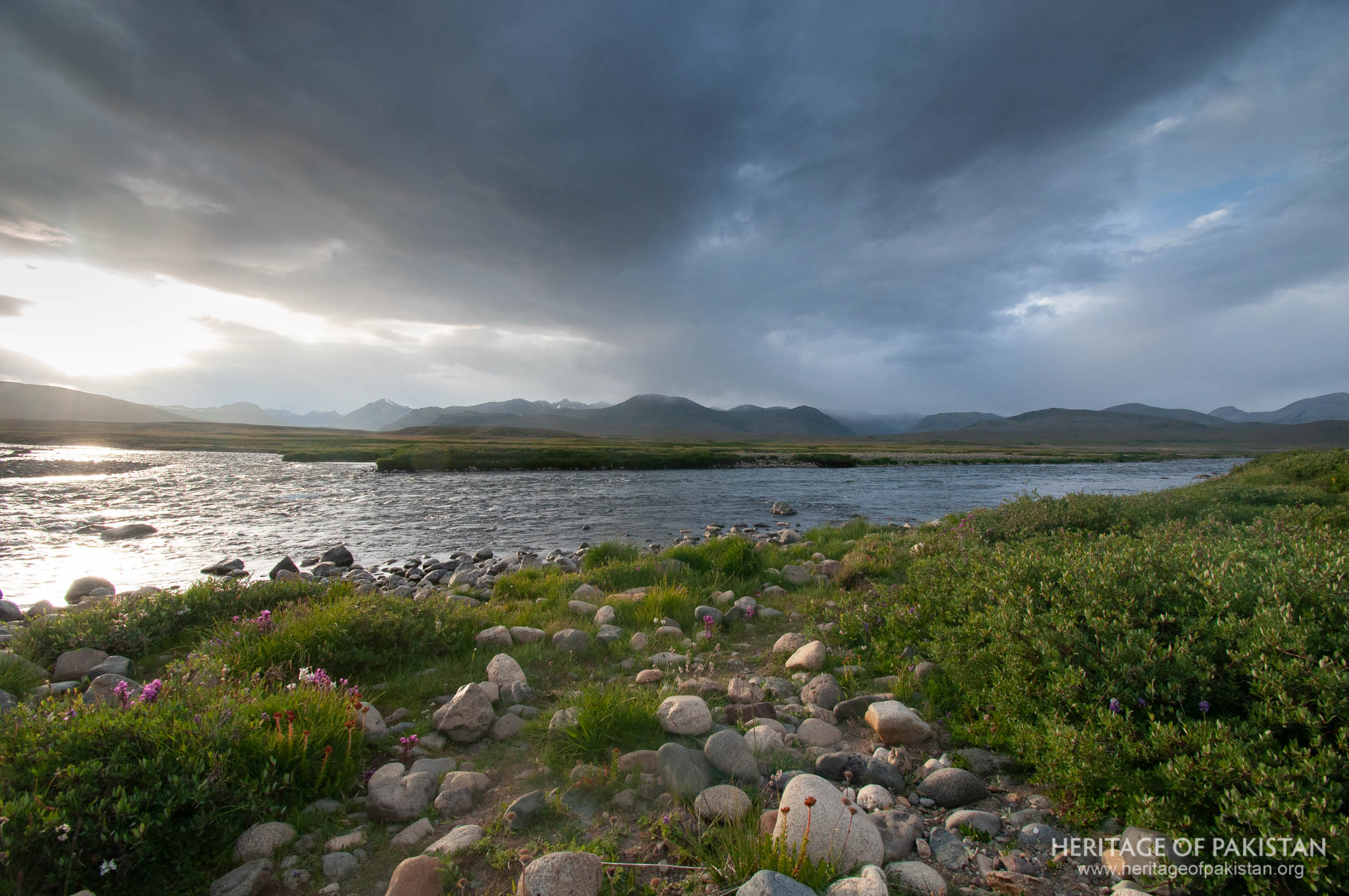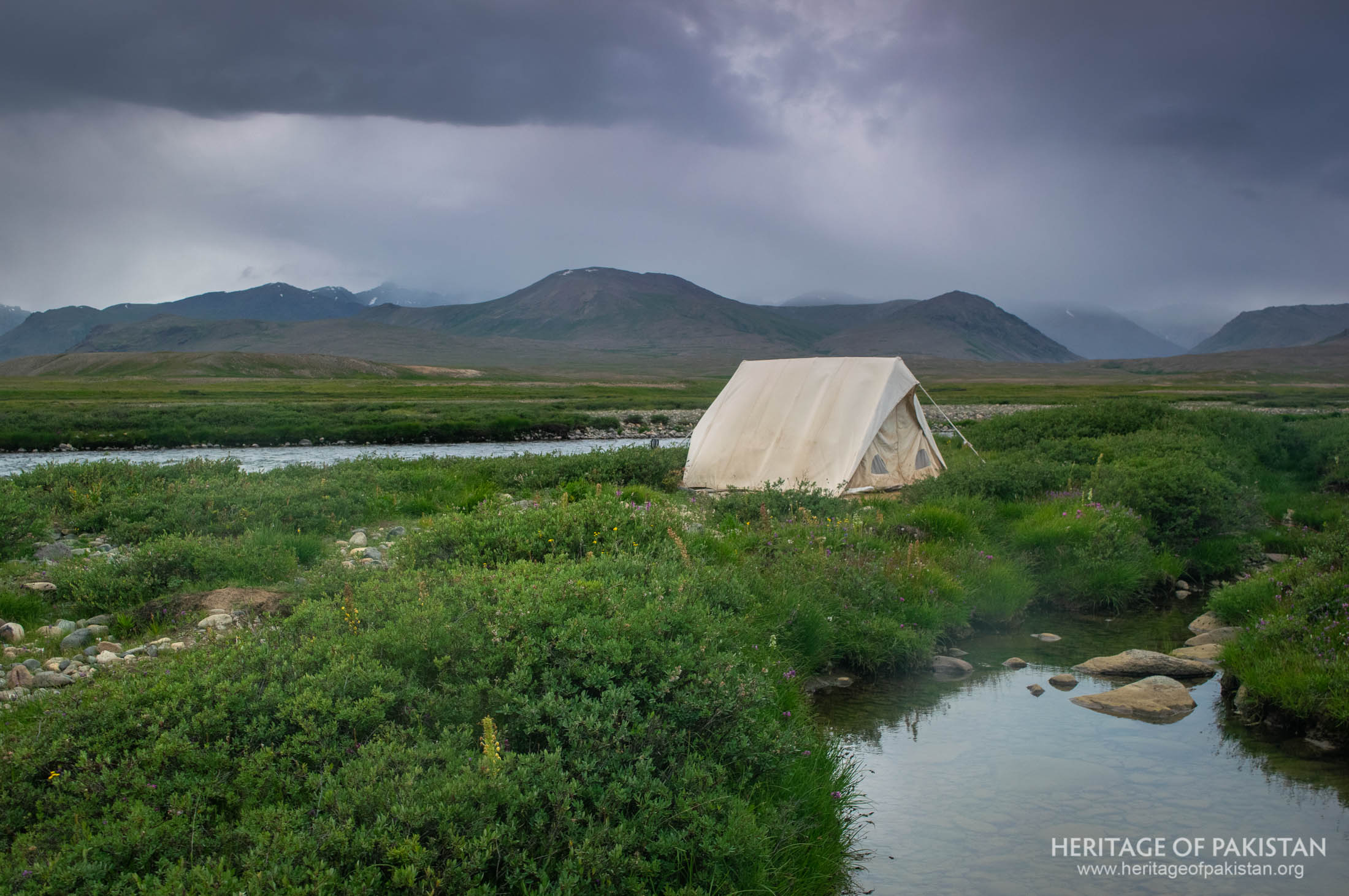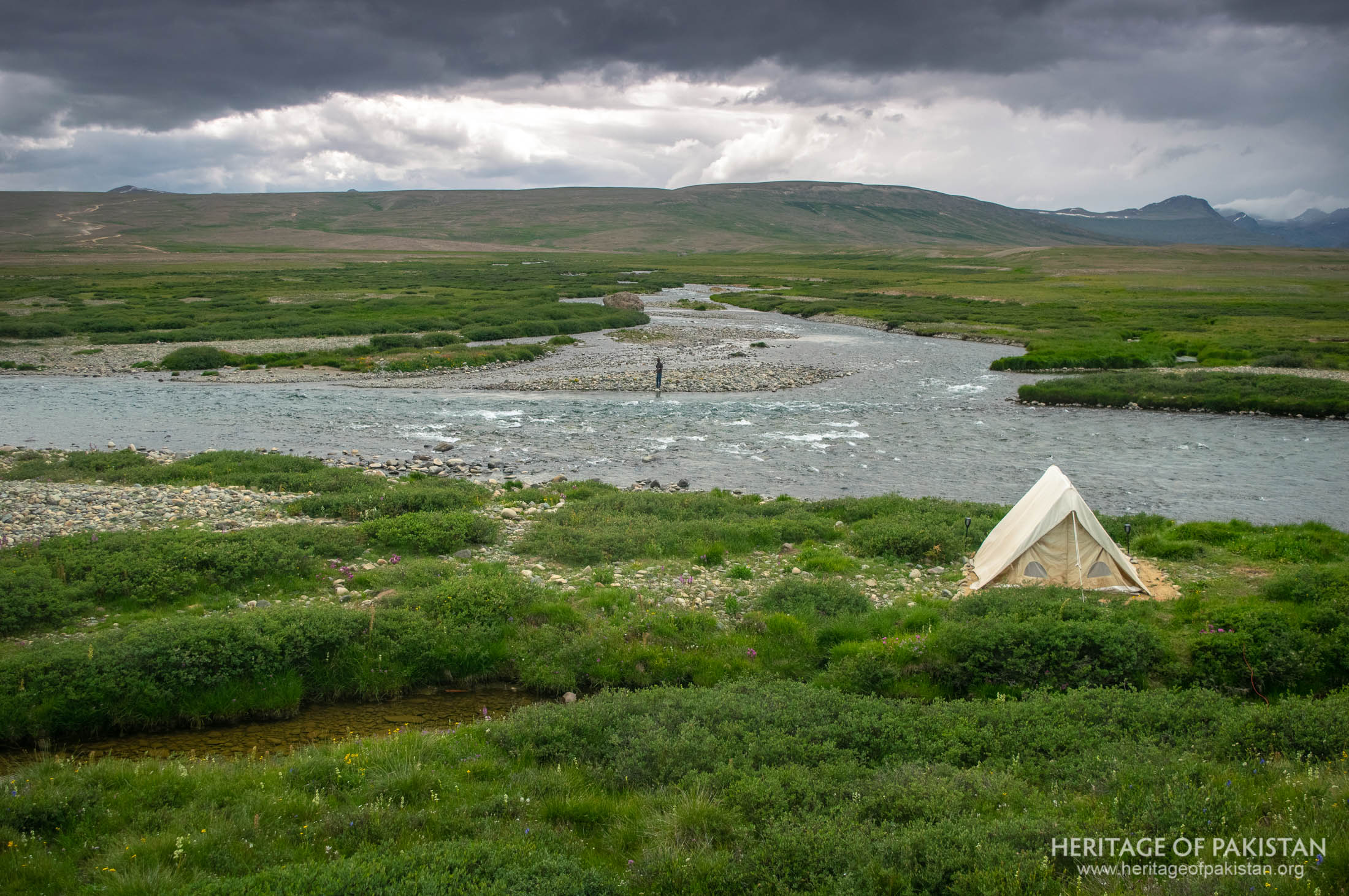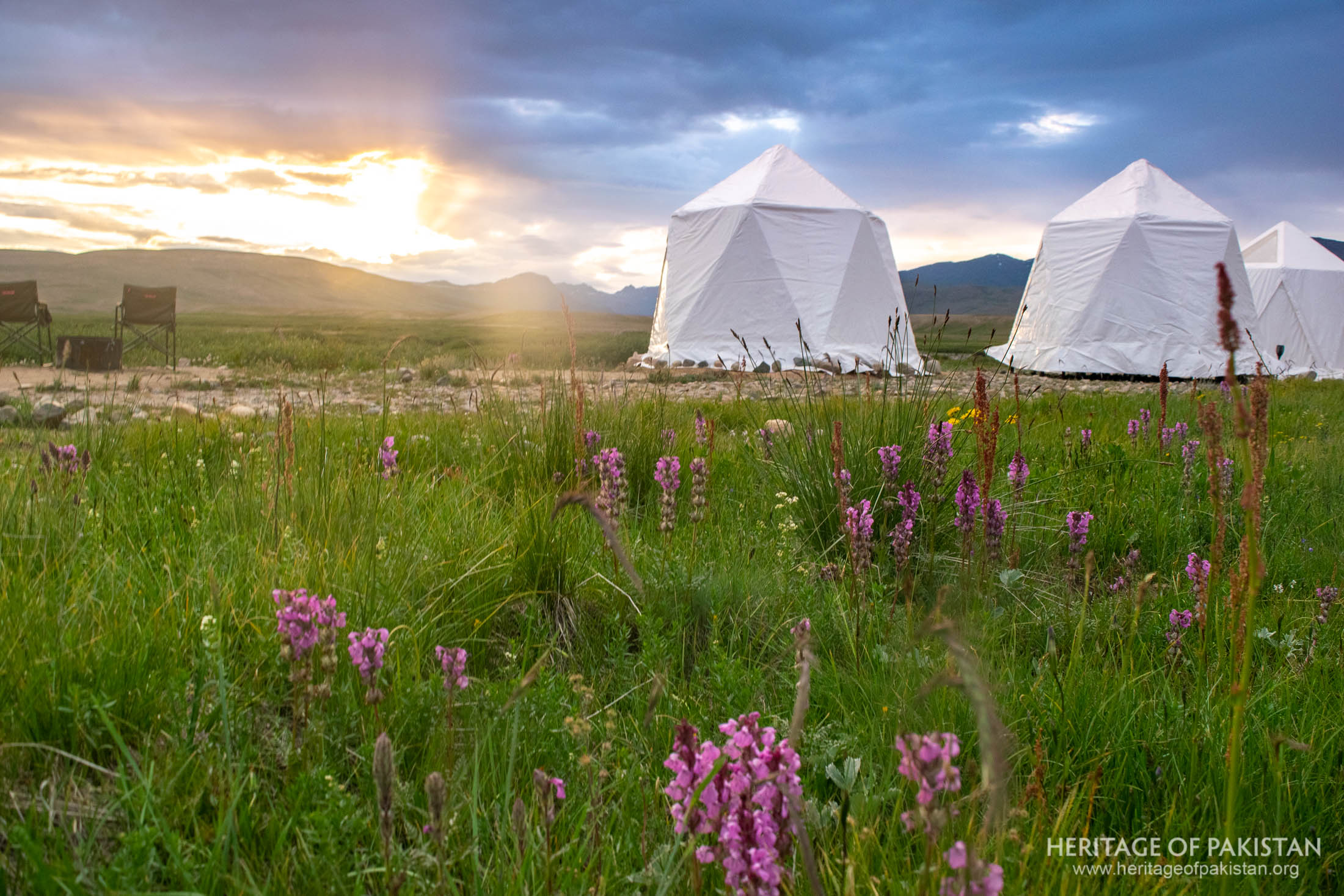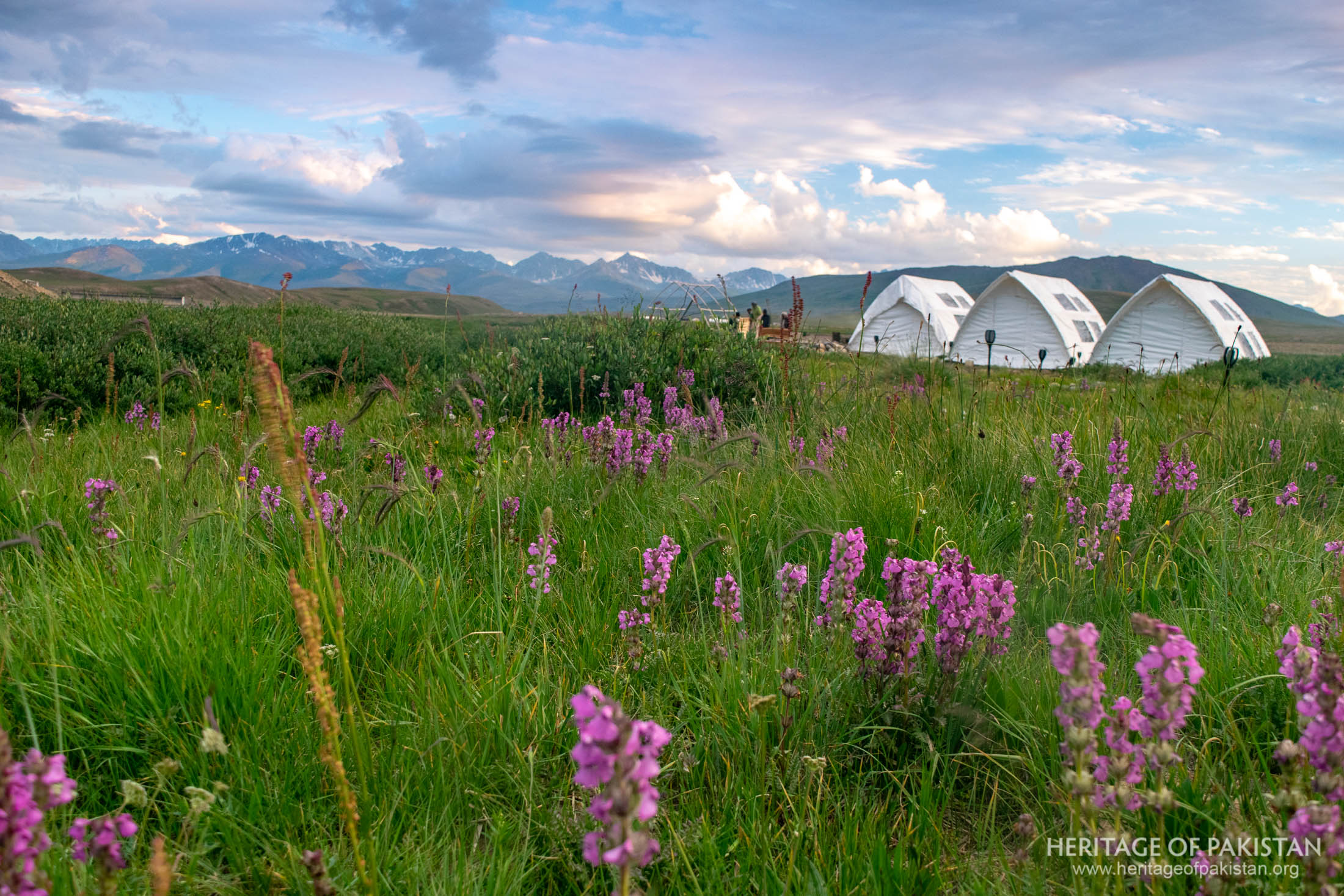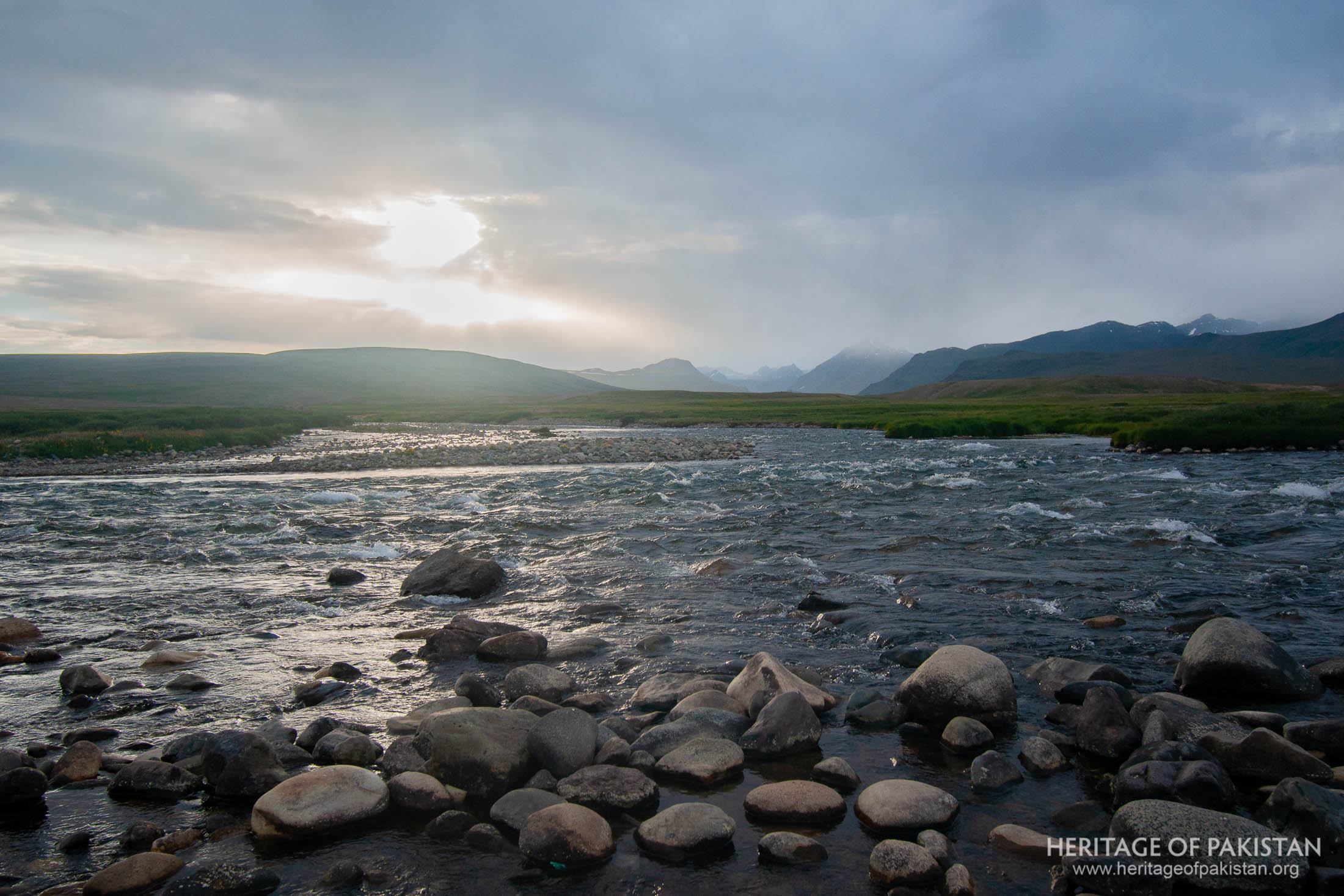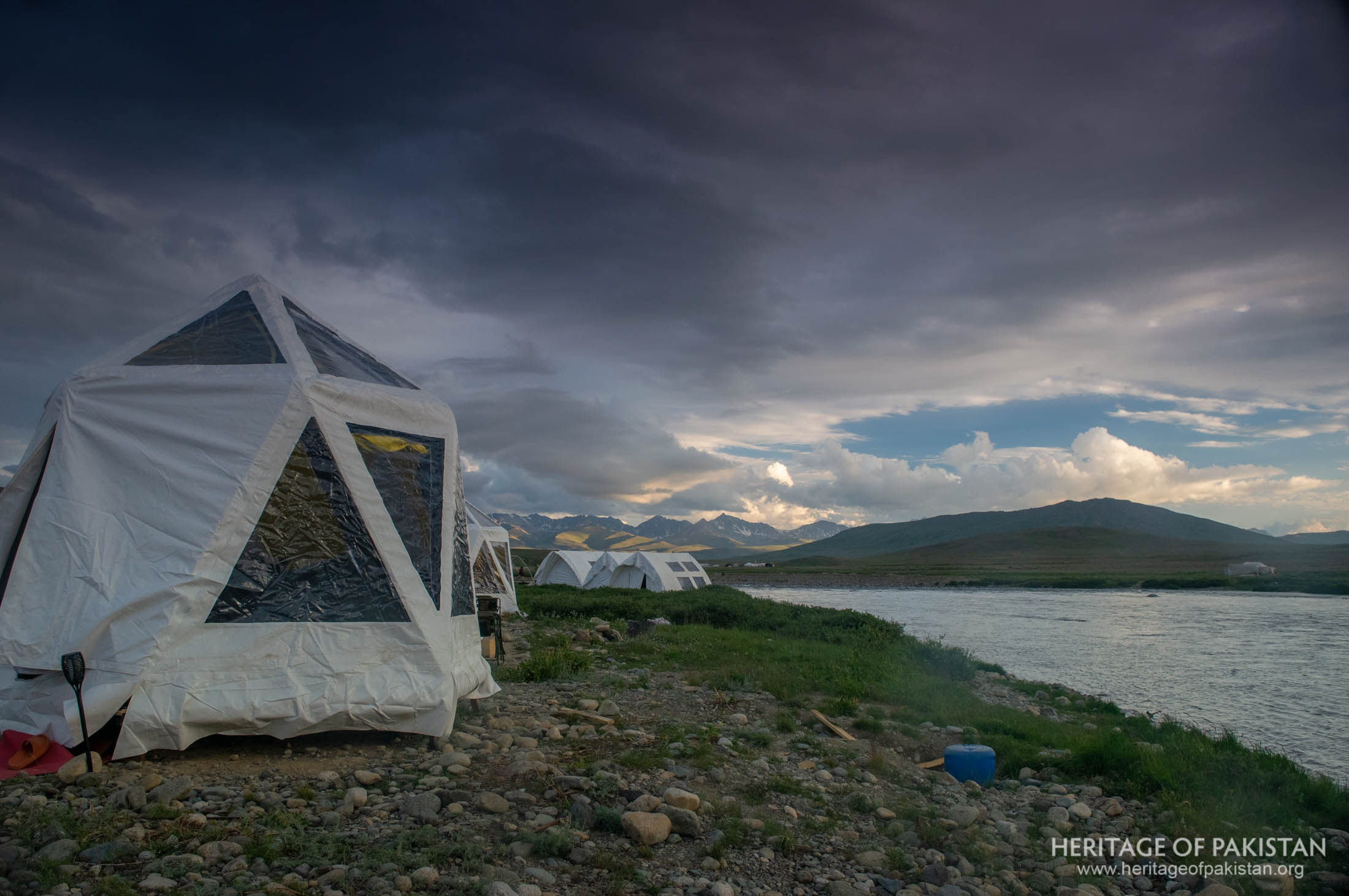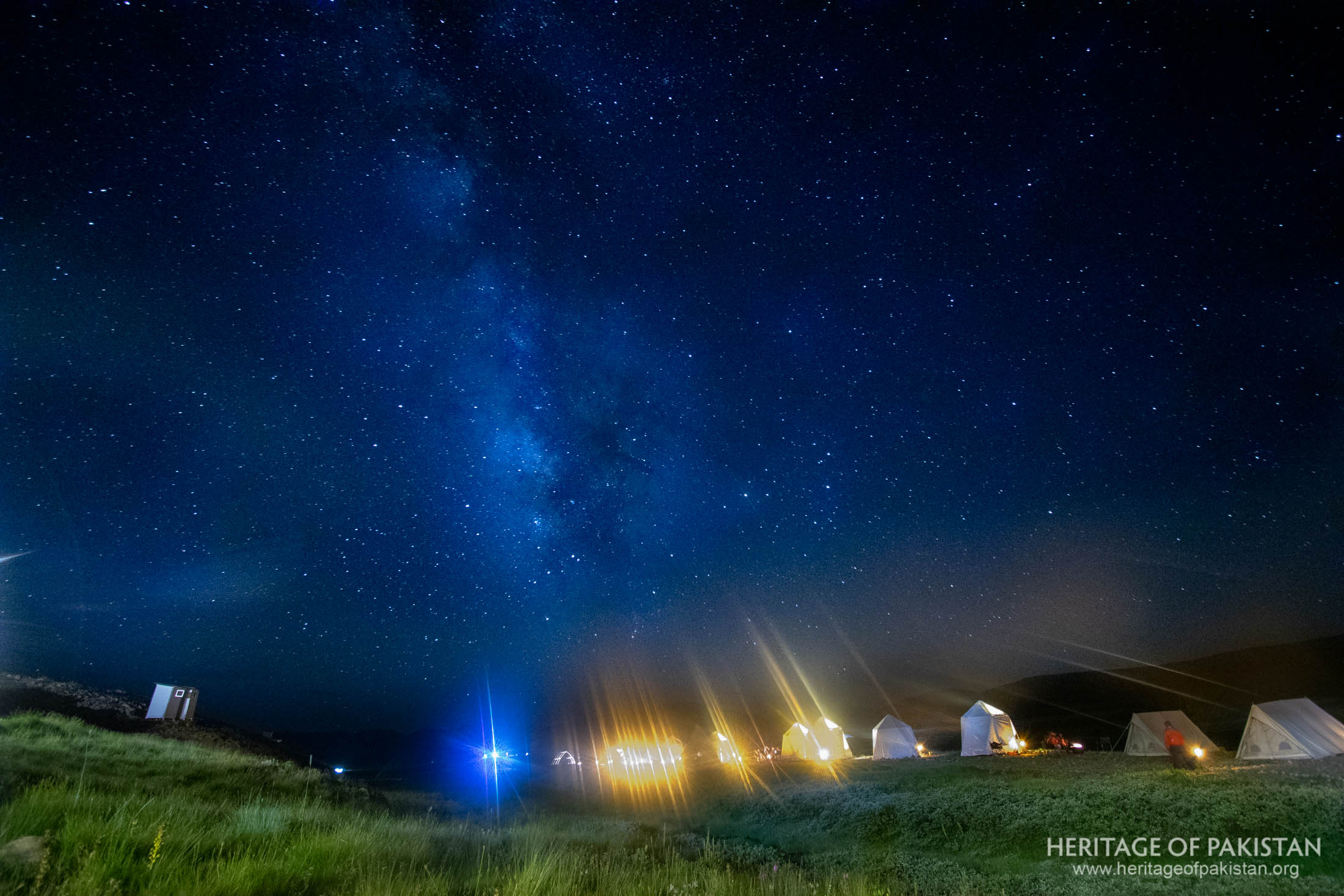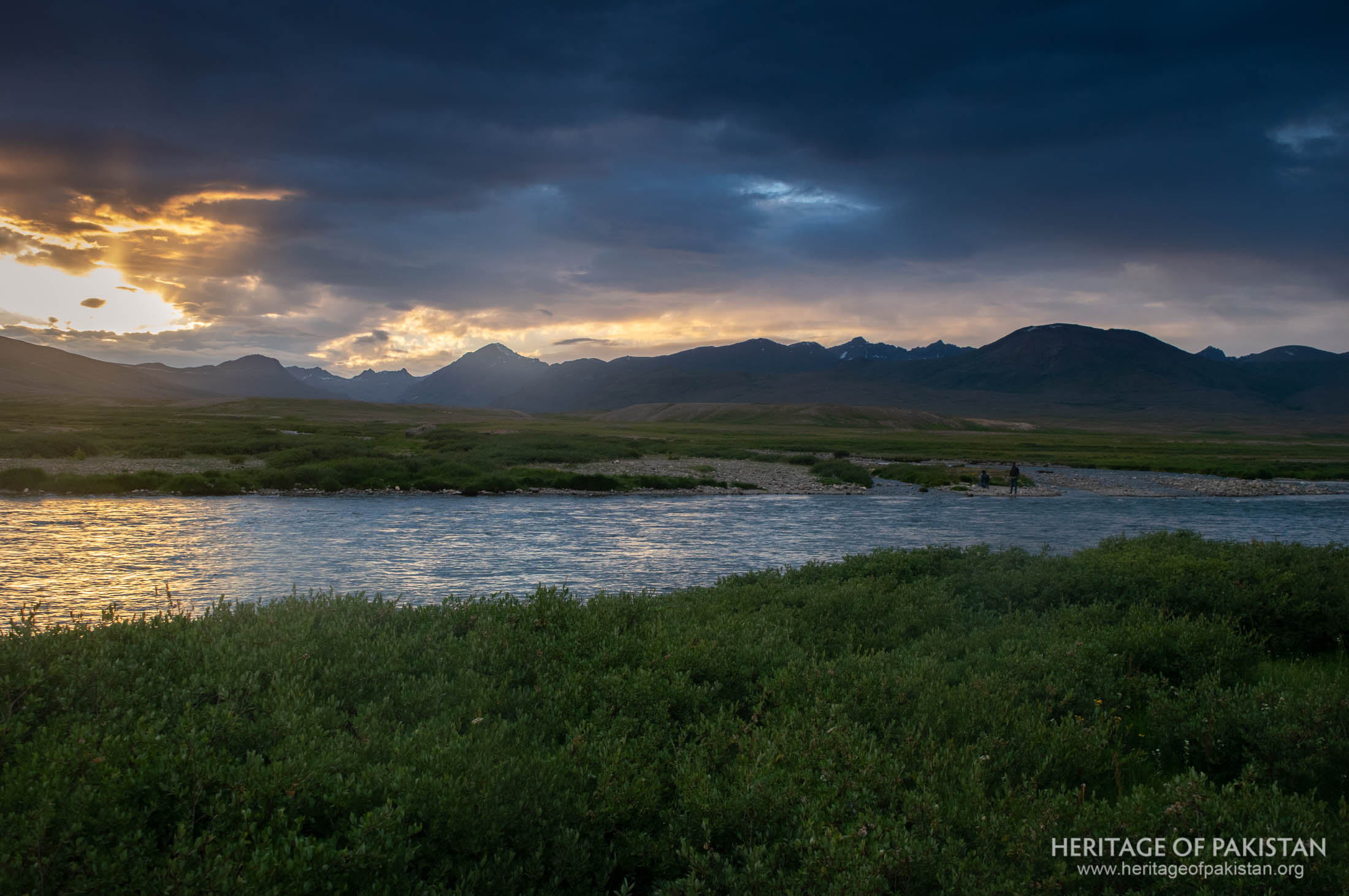Textarea
Within the vast expanse of Deosai National Park, lies the river Bara Pani, an important landmark in the National Park.
Positioned at an altitude of 3901m (12,798 feet), it stands as one of the primary rivers coursing through the park and is a prominent attraction for visitors and campers.
Shatung, Bara Pani, and Kala Pani are the three main river systems that constitute Deosai's hydrology. These rivers combine to feed the Shigar River, an important Indus River tributary
Bara Pani hosts multiple camping sites and is a preferred location for tourists aiming to spend a night amidst Deosai's splendor.
However, visitors must be prepared for considerably cold nighttime temperatures and ensure adequate arrangements.
Ice-capped mountains surround the Deosai plains, and as the ice melts, it irrigates the plains.
The meltwater, channels into various alpine streams, including Chogho Chu (Bara Pani), Naqpo Chu (Kala Pani), and Shatong Chu (Shatong Nala)
There are also a lot of interesting native fish species that live on the Deosai plateau. These include the high-altitude loach , the slate-colored snowtrout, and the fleshy-mouthed snowtrout.
Bara Pani has emerged as a favored destination for overnight stays within the park, offering visitors an immersive experience in the heart of nature
The government of Gilgit-Baltistan declared Deosai as a National Park in 1993 under the Northern Areas Wildlife Act of 1975

